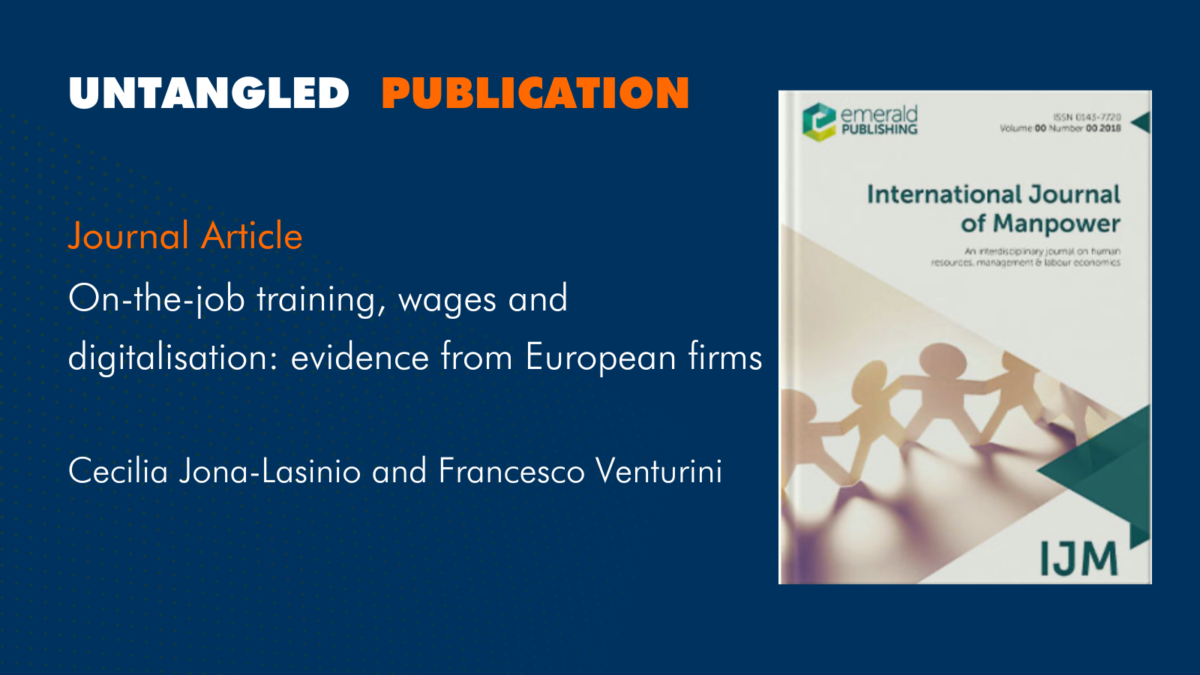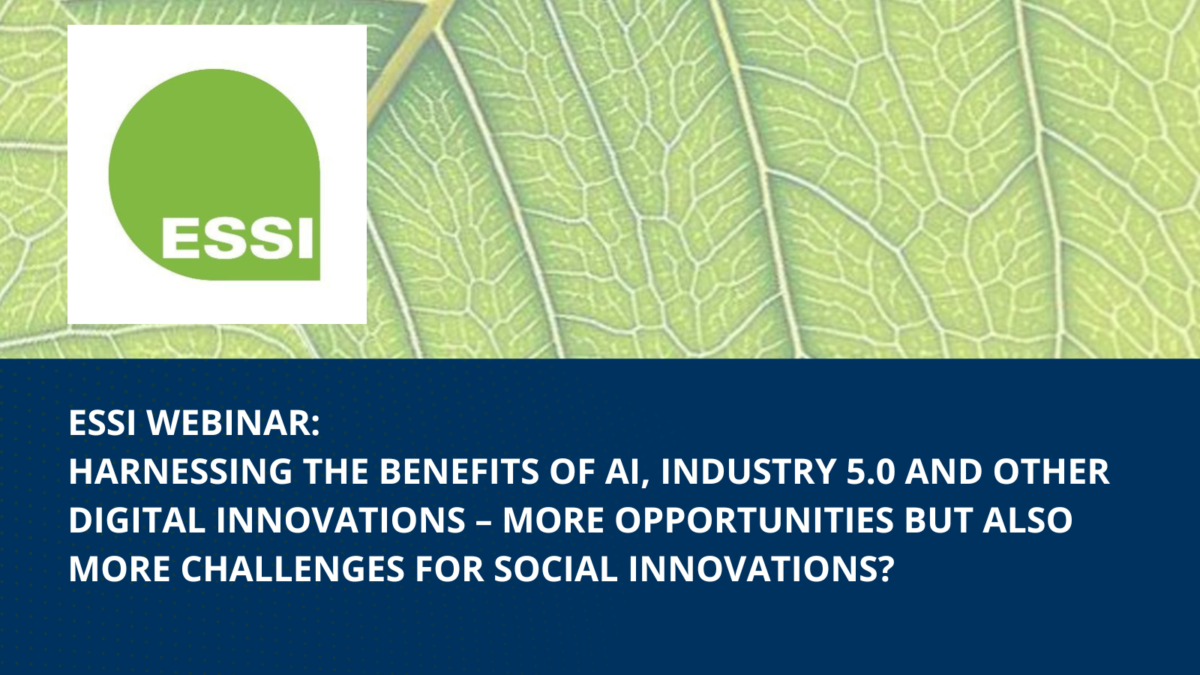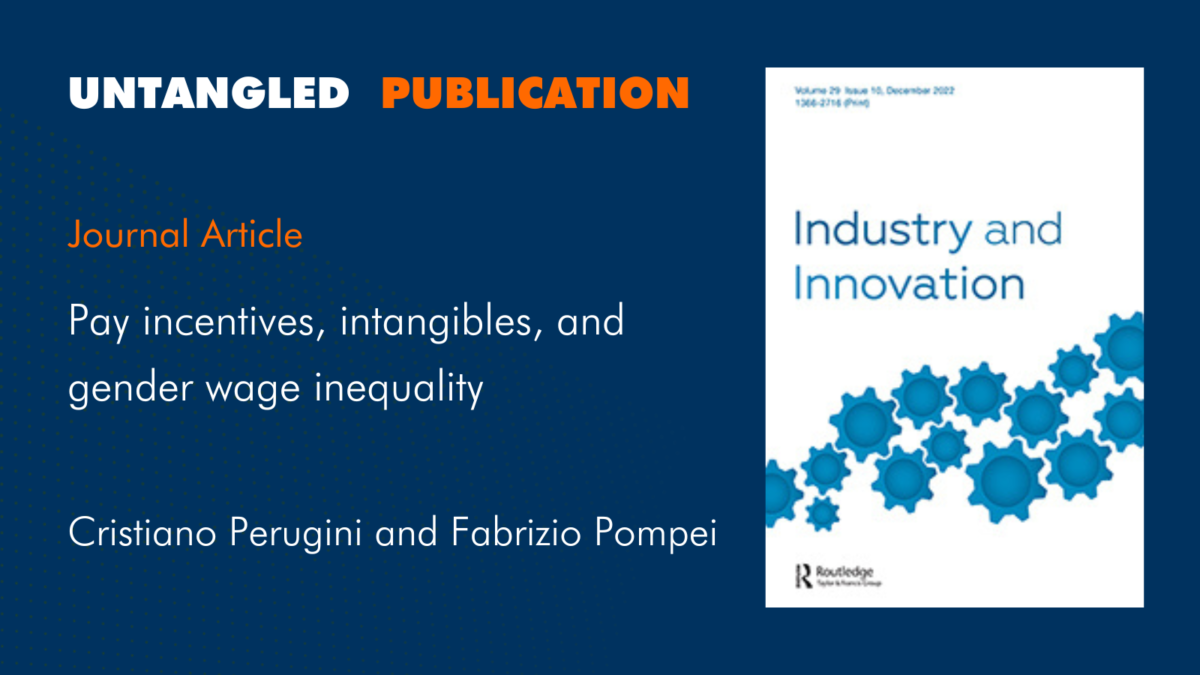Some skills are being made obsolete by automation, while at the same time the demand for people who can perform non-routine tasks is increasing, according to a policy brief from the three-year project, which examines the effects of globalisation, demographics and technological change on labour markets in Europe and beyond.
Meanwhile, technology-driven changes are increasing demand for digital skills, and certain social skills, such as independence and enthusiasm, have also gained importance. Demand may shift again if artificial intelligence contributes to the automation of more non-routine skills. Employees’ self-perception of being under-skilled has also increased, the researchers find.
“Technological progress increases the value of new skills that younger workers tend to have an advantage in and diminishes the value of older skills that more senior workers possess,” said Piotr Lewandowski, head of the Institute for Structural Research, a member of the UNTANGLED research consortium. “As population ageing reduces the number of labour market entrants in Europe, investing in the skills of prime-aged and older workers becomes essential.”
To address the skill mismatch, the European Union named 2023 the European Year of Skills, with the aim that by 2030, 60% of adults will participate in training each year, increasing the employment rate to 78%.
Despite the need for upskilling and reskilling, the number of adults in training is low in Europe, ranging from slightly over 25% in Nordic countries to less than 10% in Eastern Europe (measured for the four weeks prior to the date they were surveyed).
UNTANGLED researchers argue that when providing opportunities for adults to upgrade their skills and qualifications, companies and policymakers should take into account that employees’ training needs vary and depend on many factors including age, gender, family, current skills, industry, and where they live. Unfortunately, the available training is scarce and doesn’t always match these needs.
“Data show that more than half of adults don’t see the point of training, suggesting that offerings should be improved, and more has to be done to raise awareness and outreach,” Lewandowski said. “Meanwhile there is also a group of employees who want to train but are stymied by time constraints and high costs.”
UNTANGLED researchers advocate looking into successful programmes and initiatives, including the introduction of on-the-job training grants, Individual Learning Accounts, and Training Leave.
Individual Learning Accounts, introduced in France, are like virtual savings accounts where balances accumulate over time that can be used to fund training, allowing workers to choose the skills that are most important to them. Over 2 million workers in France have used ILAs.
Training Leave programmes operating in Sweden let workers take time off from their jobs to improve their skills. This allows overcoming the problem of not having enough time, which stops almost 30% of workers from training. Giving financial help to workers taking leave and offering longer leaves could encourage more participation.
“Sweden’s long-term Training Leave programme addresses key obstacles employees face when thinking about training: it offers financial help and flexibility in choosing training,” said Wojciech Szymczak from the Institute for Structural Research, who co-authored the policy brief.
Finally, Lewandowski and Szymczak suggest expanding on-the-job training opportunities in small and medium-sized companies. Smaller companies often can’t afford proper training for their workers; policymakers could help by covering the cost. For example, Dutch authorities successfully introduced a programme that reimbursed training costs for such companies, leading to over 180,000 training projects in 2019.
Policymakers should take local conditions into account when implementing the recommendations, consulting with social partners such as trade unions and employers’ organisations, the authors say.
Lewandowski, P., & Szymczak, W. (2023). UNTANGLED Policy brief: Fostering lifelong learning as the market for skills evolves (Deliverable 7.3). Leuven: UNTANGLED project 1001004776 – H2020.
You can read the policy brief here.









